

Banjul
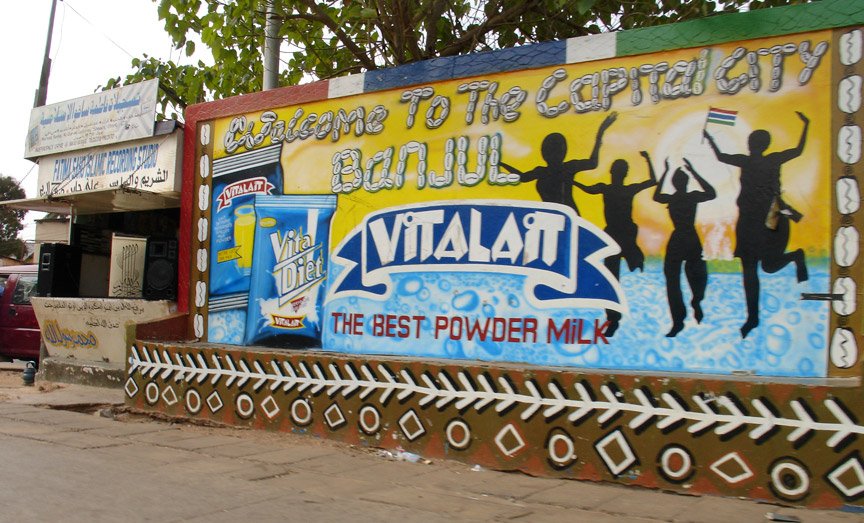
Banjul is the capital of The Gambia. The population of the city proper is only 34,828 but the total urban area is many times larger with a population of 523,589 (2003 census). It is located on St Mary's Island (or Banjul Island) where the Gambia River enters the Atlantic Ocean. Banjul is located at 13°28' North, 16°36' West (13.4667, -16.60).
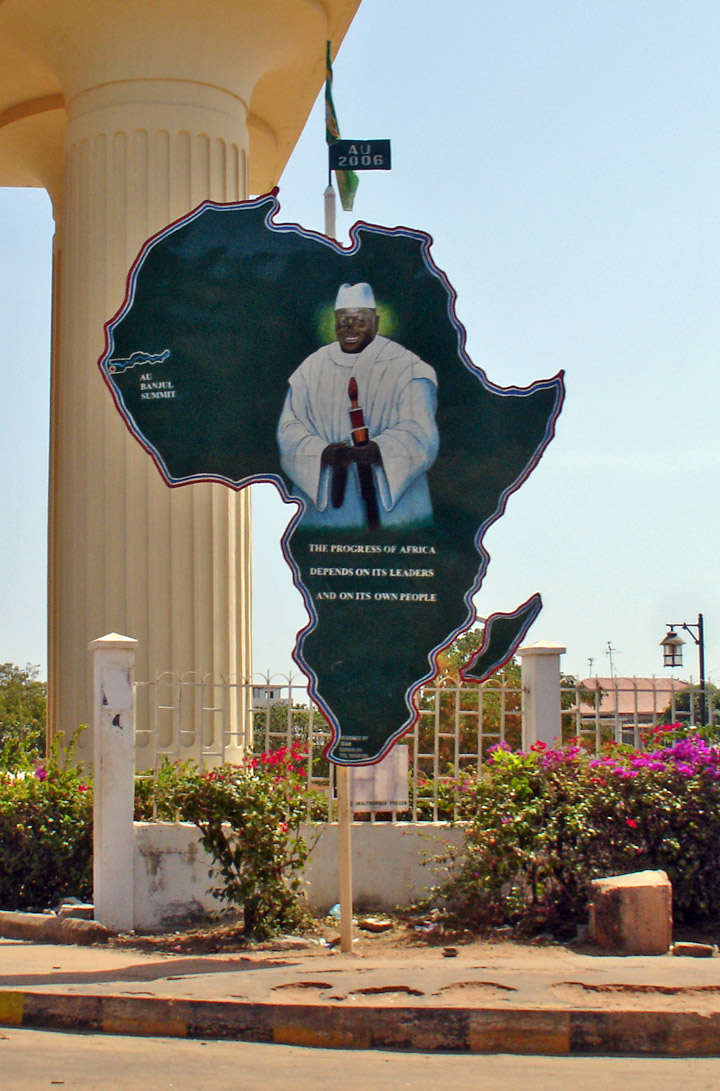
Host of African Union summit in 2006
In 1816, the British founded Banjul as a trading post and base for suppressing the slave trade. It was first named Bathurst after Henry Bathurst, the secretary of the British Colonial Office, but was changed to Banjul in 1973.
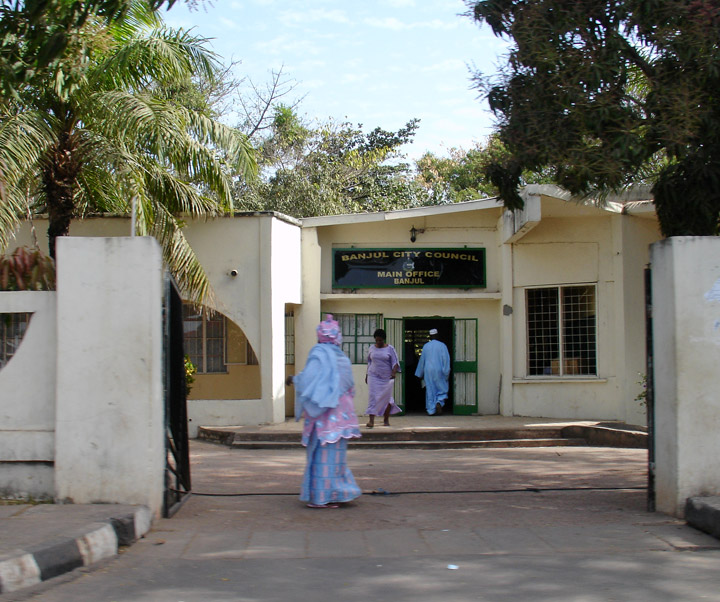
City Council
On July 22, 1994, Banjul was the scene of a bloodless military coup d'etat in which President Dawda Jawara was overthrown and replaced by the country's current (and twice reelected) President Yahya Jammeh. To commemorate this event, Arch 22 was built as an entrance portal to the capital. The gate is 35 metres tall and the centre of an open square. It houses a textile museum.
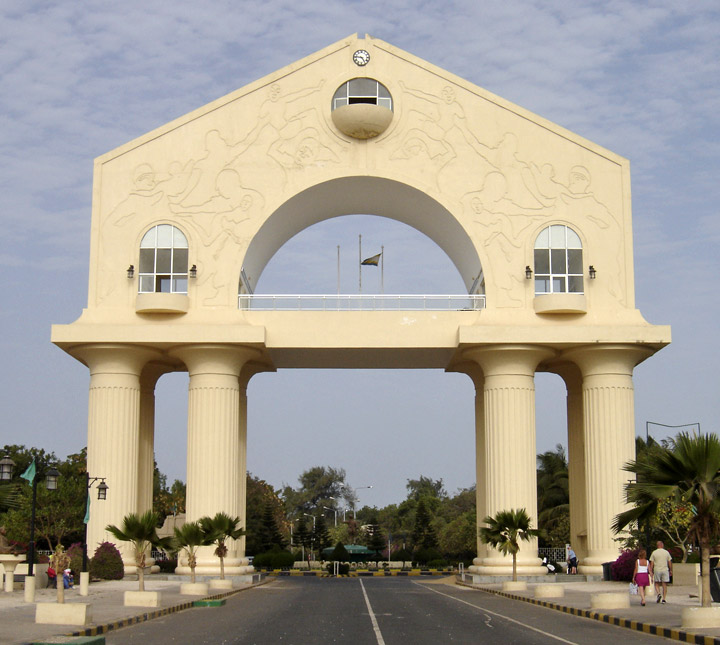
Arch 22
Attractions in the city include the
Gambian National Museum, the Albert Market, Banjul State House, Banjul Court
House, two cathedrals and several major mosques.
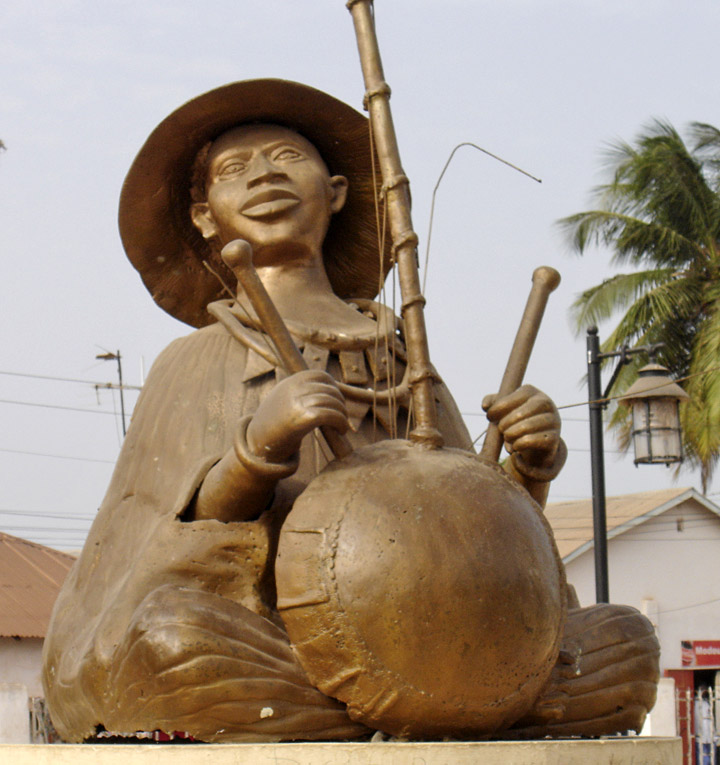
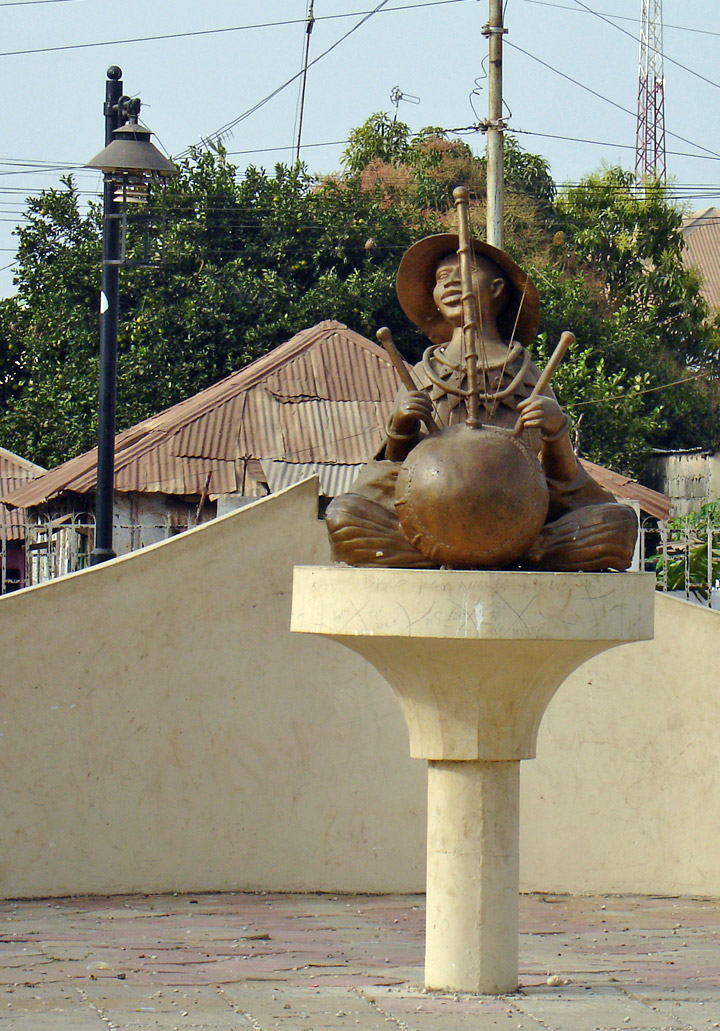
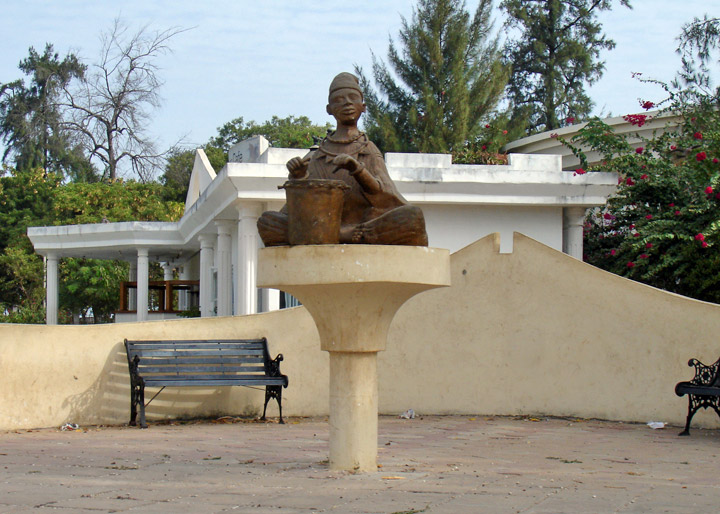
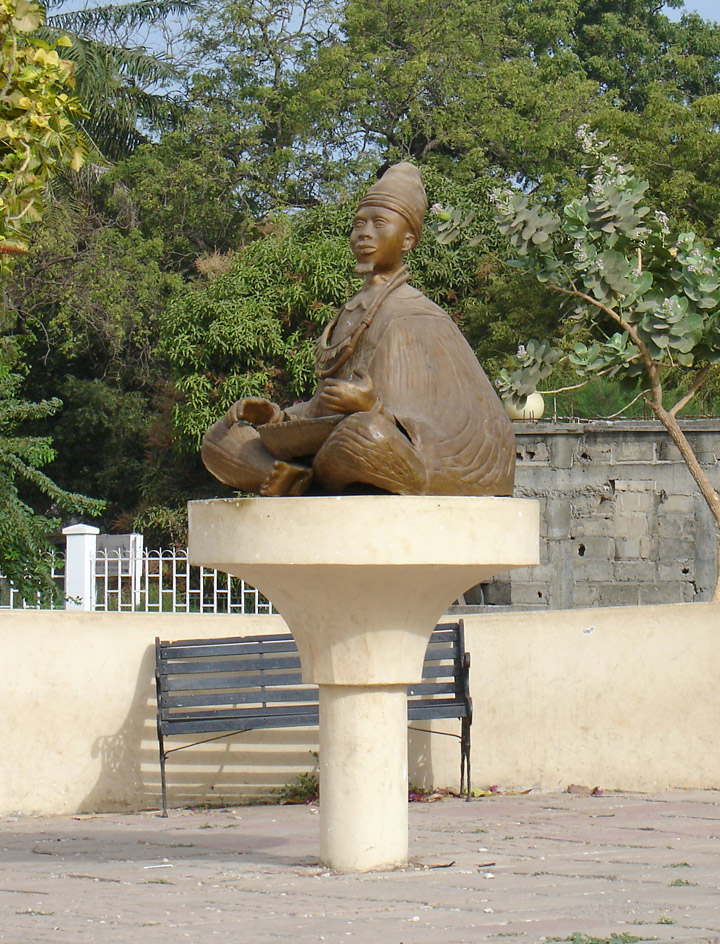
Banjul is the main urban area of The Gambia and holds the country's economic and
administrative center including the Central Bank of The Gambia. As the fourth
most densely populated country in Africa, The Gambia has more than one urban
area. Peanut processing is the country's principal industry, but bee's wax, palm
wood, palm oil, and skins and hides are also shipped from its port.
Text from
![]()
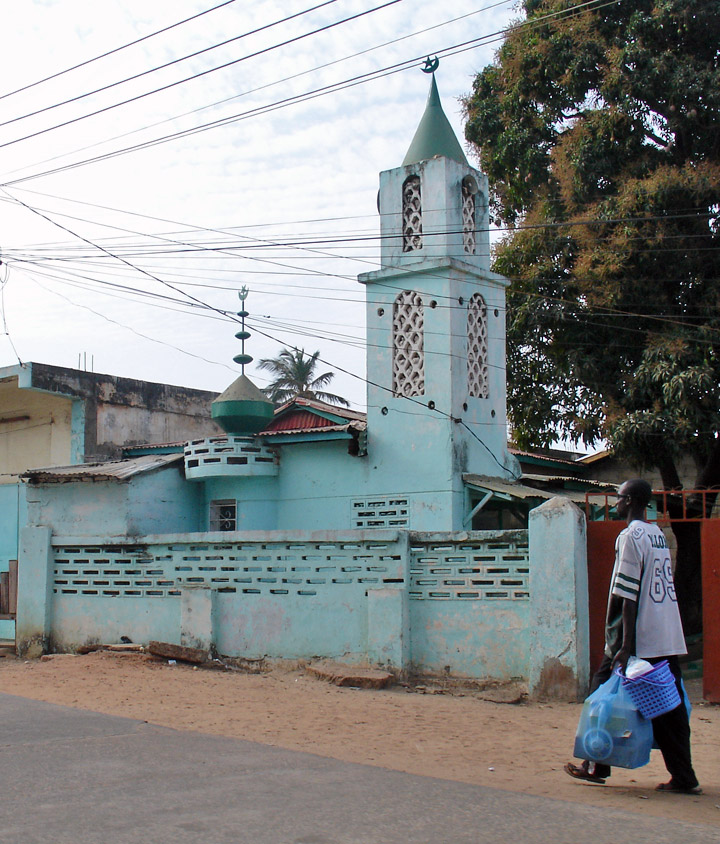
mosque
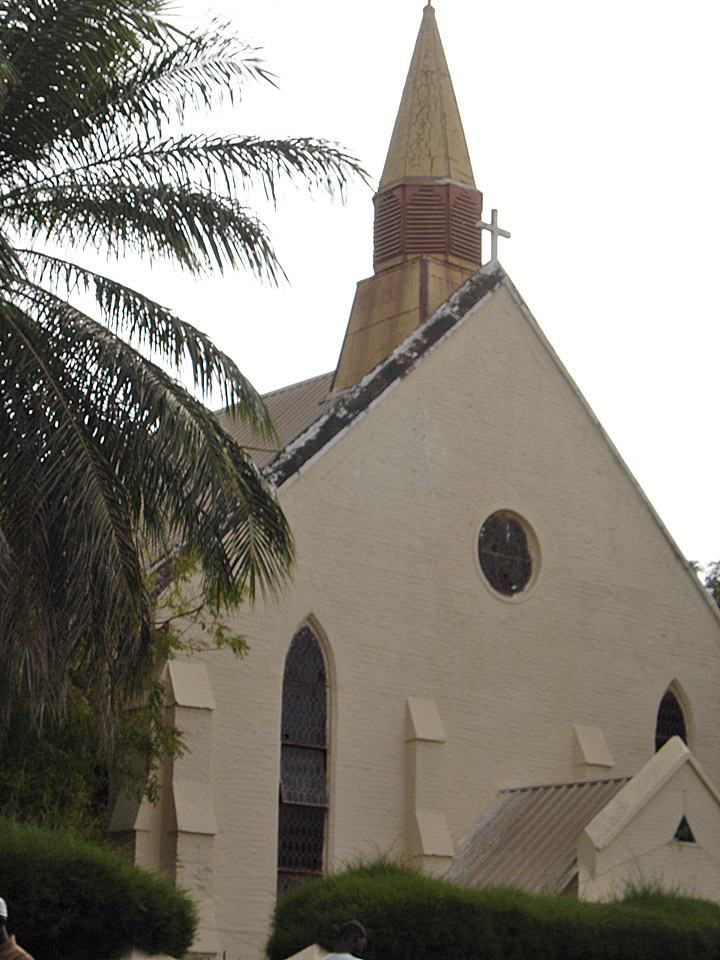
Saint Mary's Cathedral
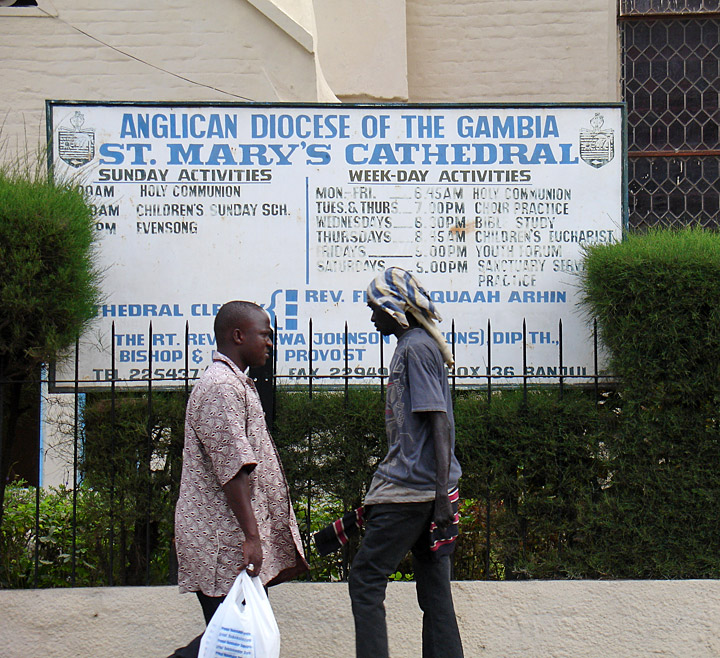
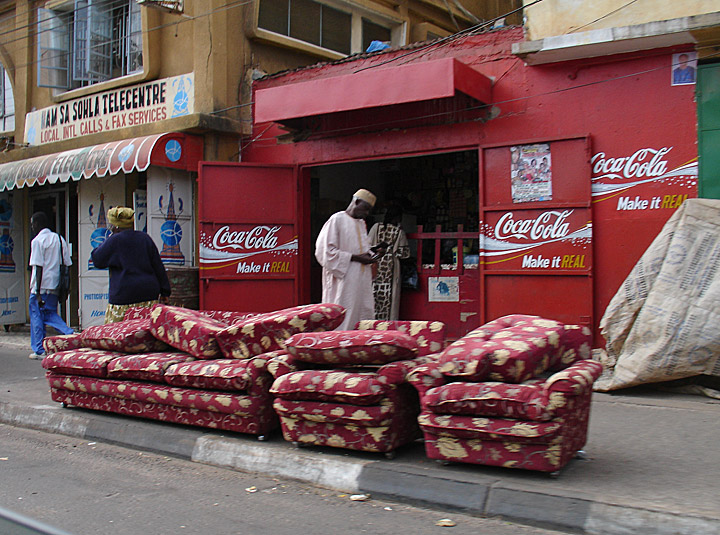
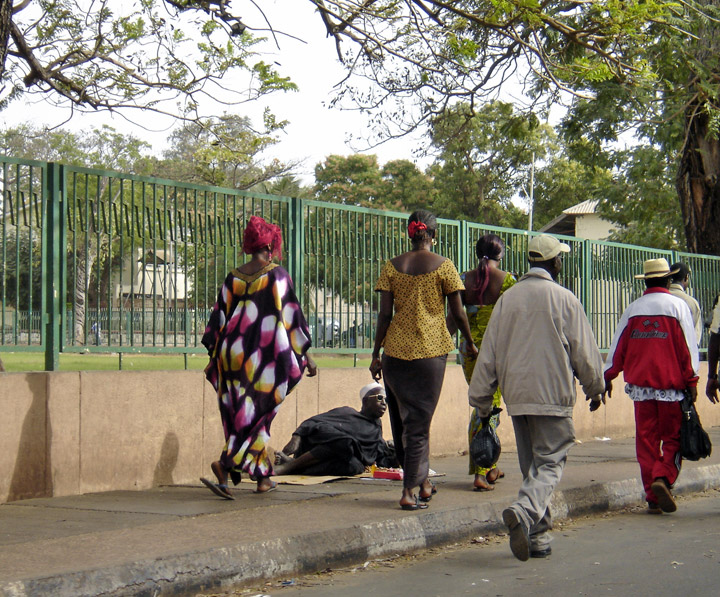
walking along MacCarthy square
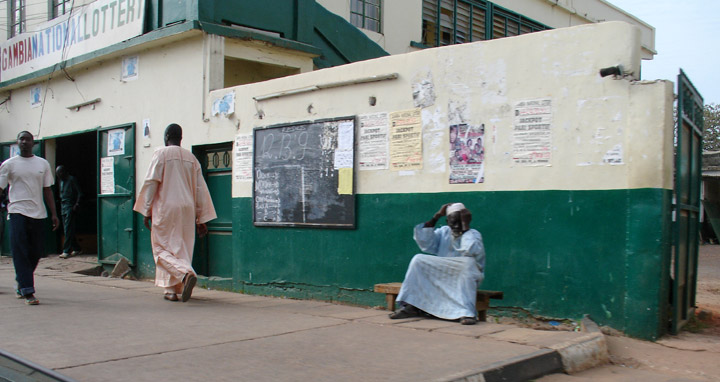

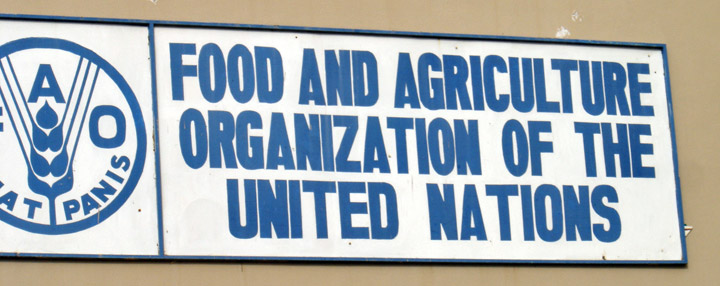
UN presence
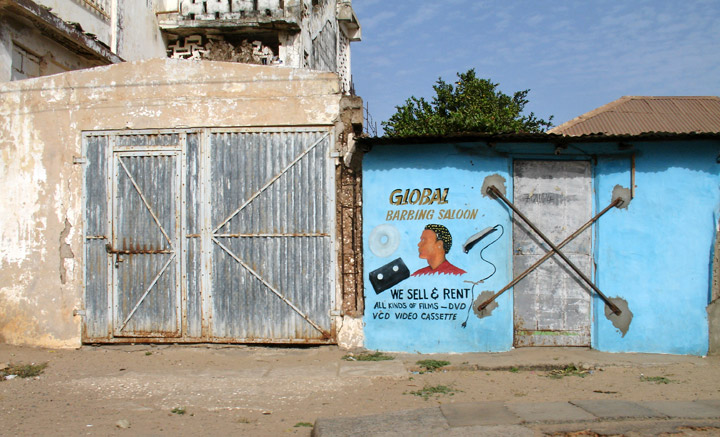
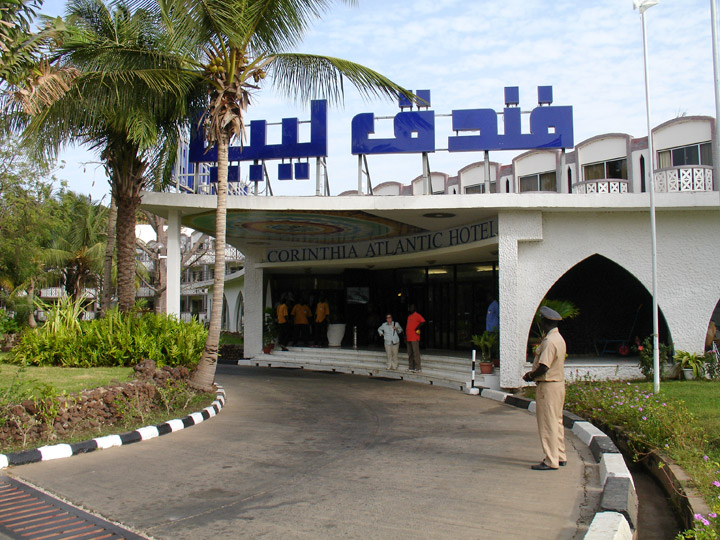
Atlantic Hotel
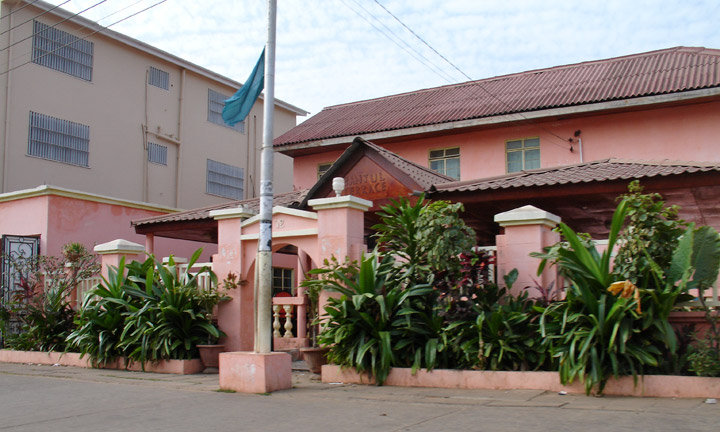
Banjul Palace
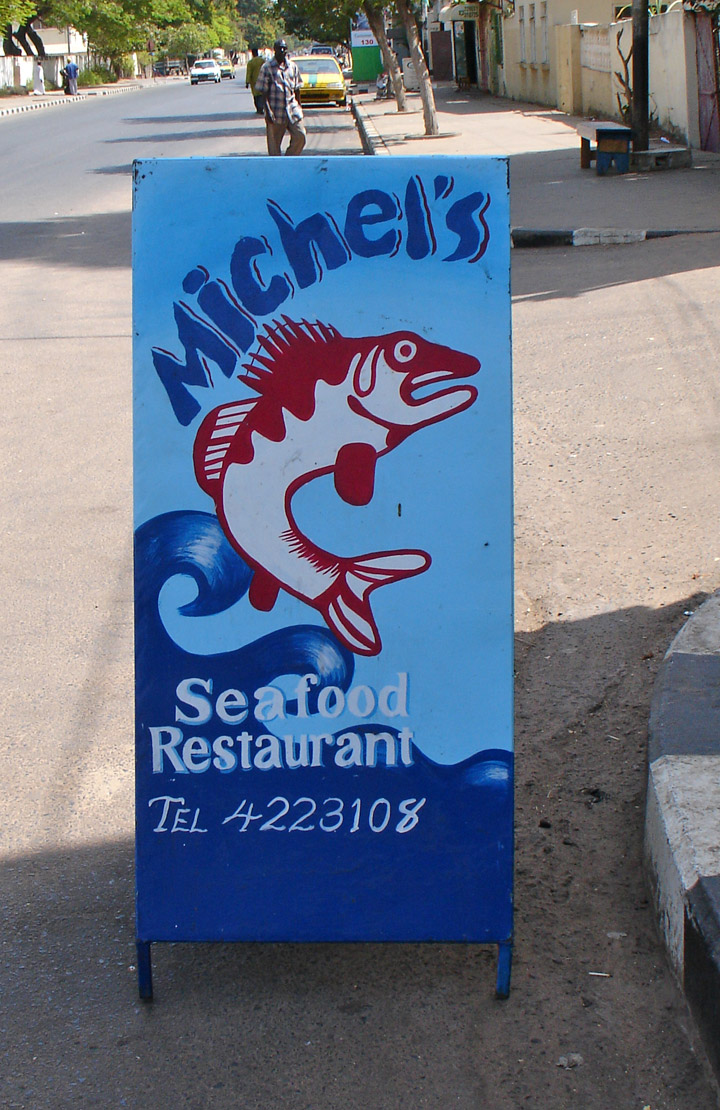

seafood dinner
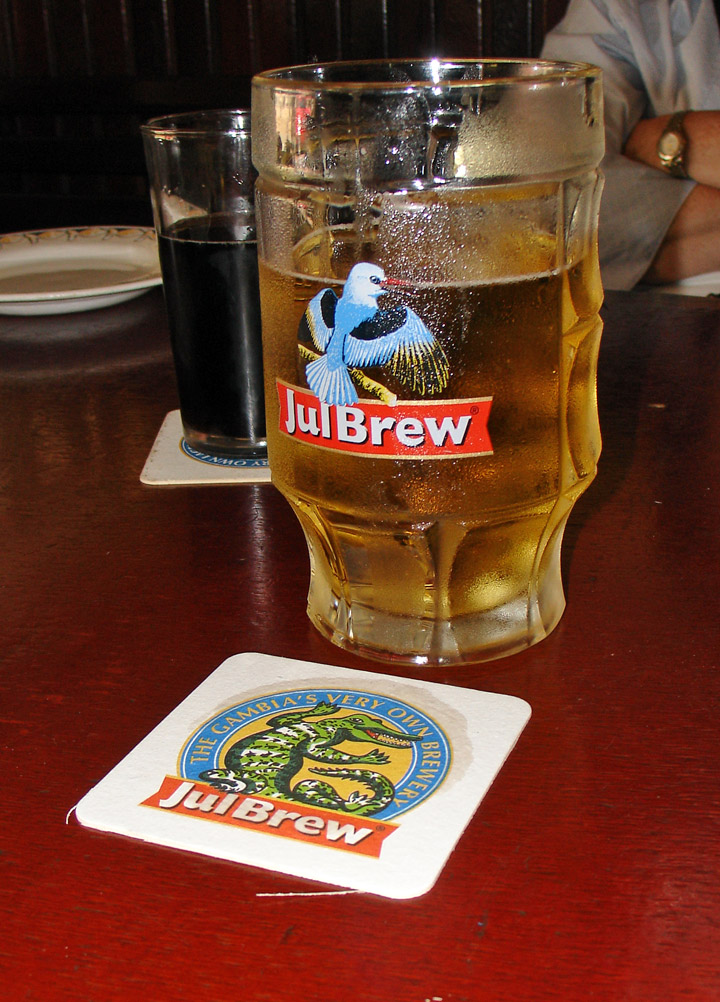
Gambian Brew
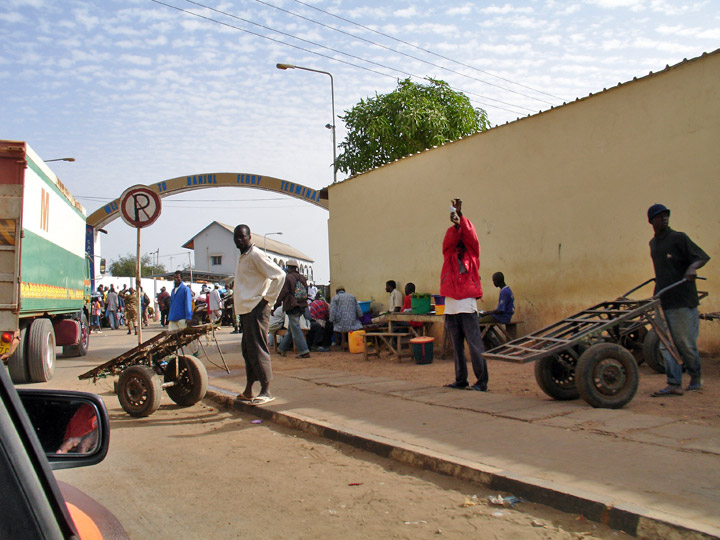
entrance to the ferry to go North to Dakar
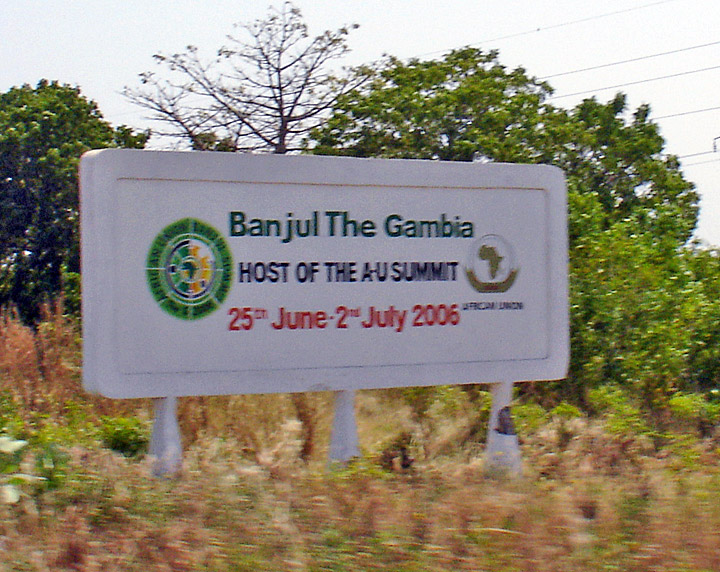
Proud of having hosted the 2006 African Union summit